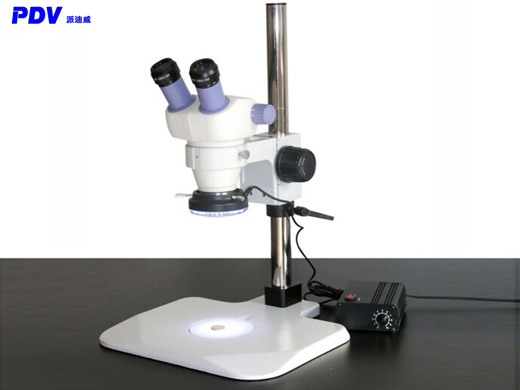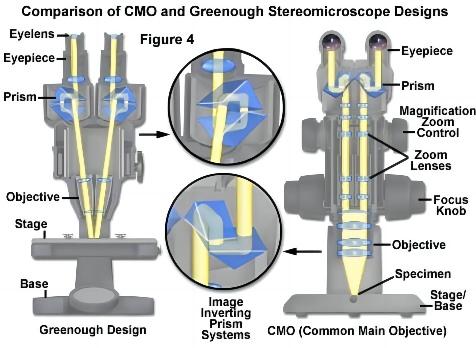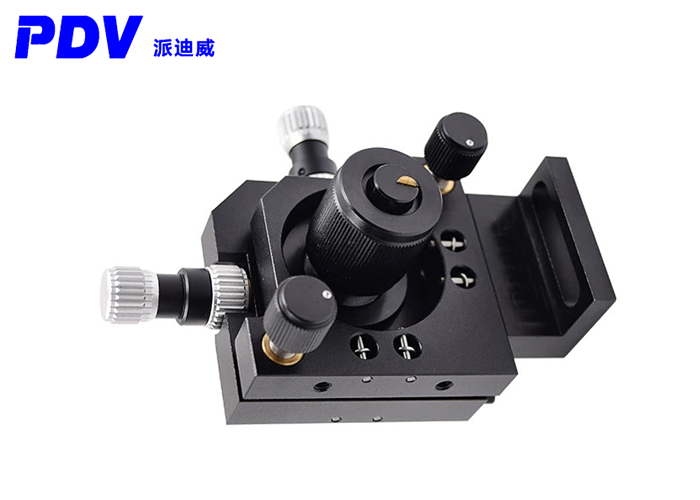A stereomicroscope, also known as an anatomical microscope or a stereomicroscope, is a specially designed binocular microscope designed to capture the details of an object from different viewing angles, thereby triggering a stereoscopic vision effect in both eyes. It does not require complex processing of the observer, just placed directly under the lens, with appropriate lighting, you can easily observe. Its upright imaging mode is not only intuitive, but also greatly improves the convenience of operation and anatomy.

The reason why the stereo microscope has a unique observation effect is mainly due to the design of the left and right beams in the binocular tube. The two beams of light are not parallel, but there is a certain Angle, often called the volume Angle, ranging from 12° to 15°. This design gives the image a three-dimensional feel, thanks to the clever flip of the image by the prism under the eyepiece. Although its magnification is not as high as that of conventional microscopes, stereomicroscopes have a longer working distance, larger focal depth and field diameter, making it easy to view the entire layer of the subject.
In the stereomicroscope family, the Greenough light path (Greenough Design) and the Galileo light path (CMO Design) are the two mainstream designs. These two optical path construction principles have their own characteristics, providing a variety of choices for scientific research.

Greenough Optical Systems, a leader in stereomicroscopes, has won widespread acclaim for its compact and high-performance design. It enables a miniaturized mirror body design while guaranteeing excellent performance. A wide range of zoom ratios and clear viewing images make it a useful tool in the field of scientific research. Its smooth body line and small size make it more convenient to assemble and use. The special V-shaped light path design makes the top of the objective lens appear slender shape, which is not only beautiful but also practical. The application of oblique optics gives it a high degree of flatness and a deeper depth of focus, making it easy to focus and present a perfect three-dimensional image when viewing samples with large curves.
The Galileo optical system stands out for its unique parallel optical path design. This design allows the two beams of light to travel undifferentiated and parallel, greatly improving the visibility of the image. This parallel optical system is characterized by the parallelism of its optical path, which provides convenience for the insertion of various intermediate devices in the optical path, such as camera devices, TV devices, coaxial lighting devices and teaching head devices. The addition of these devices further enriches the application scenarios and functions of stereomicroscopes.
In addition, the lighting method of the stereo microscope is also an important part of its design. Reflected light lighting and transmitted light lighting are two main lighting methods. Reflected light illumination allows the observer to observe through reflected light by shining light downward on the specimen, which is especially suitable for the observation of opaque specimens such as rocks, minerals, plants, insects, and ceramics. Transmitted light illumination, which allows light to shine upward and penetrate the specimen, is suitable for viewing translucent specimens such as cells, tissues, embryos, zebrafish, or other small aquatic organisms.

Whether it is its unique imaging principle, or a variety of light path design and lighting methods, the stereo microscope has demonstrated its wide applicability and irreplaceability in the field of scientific research.















